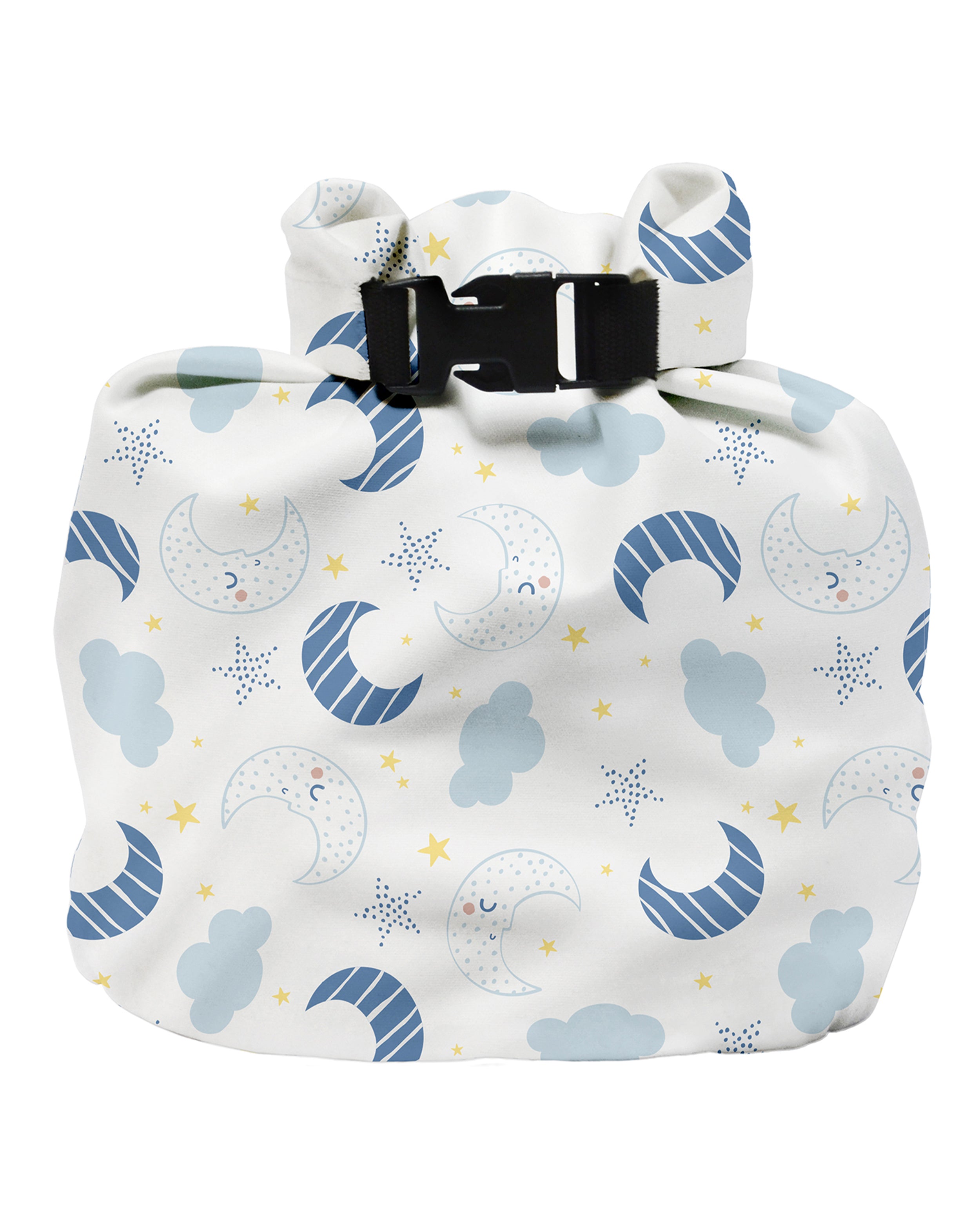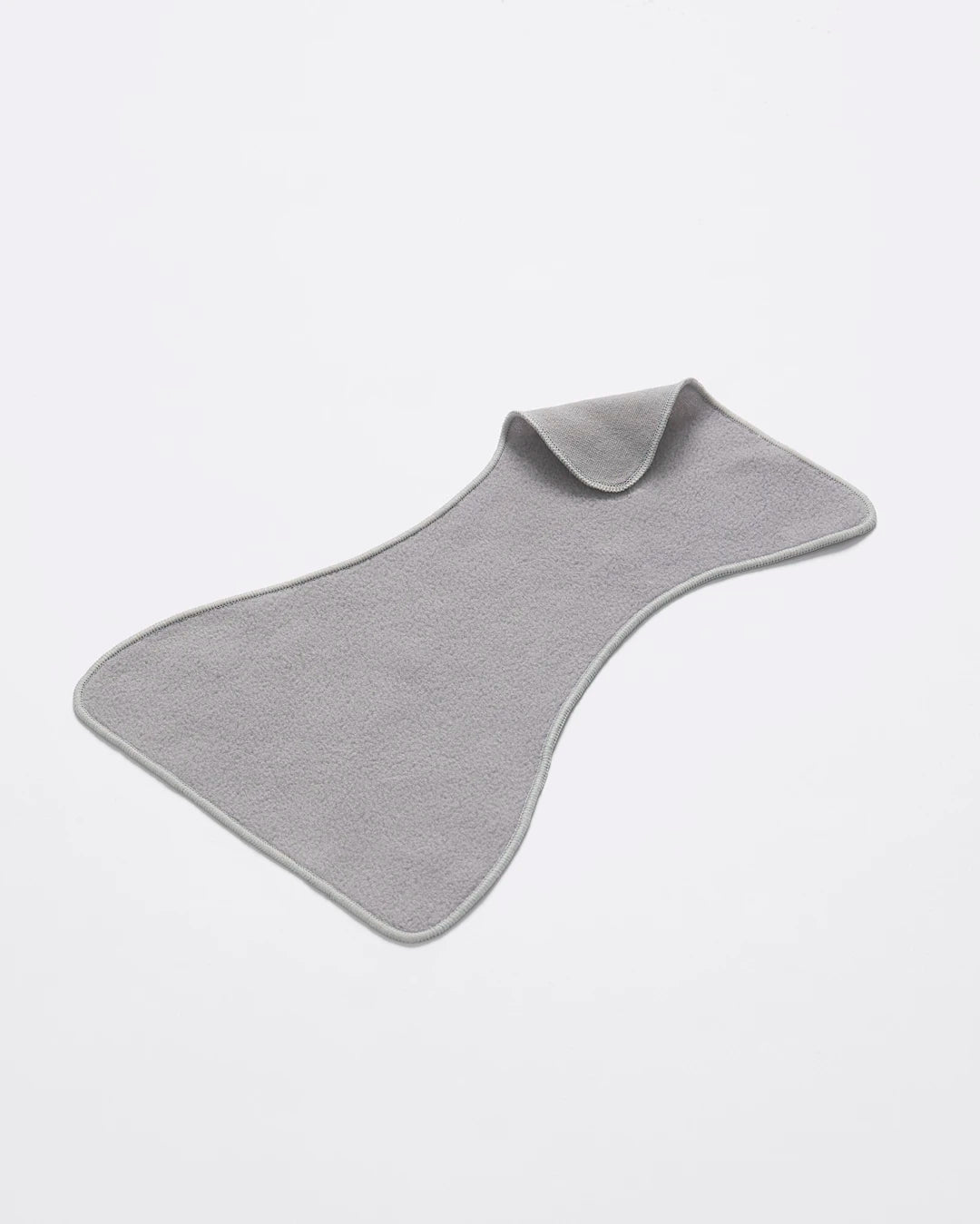Amniotic Fluid | Glossary of Pregnancy & Baby Term
Share Options
- Bambino Mio
- 24 / 07 / 2023
What is amniotic fluid?
Amniotic fluid (1) is the clear fluid which is held in the amniotic sac and which surrounds your baby during pregnancy. This fluid, also known as your “waters” is held in the amniotic sac, a “bag” made of a thin membrane.
What does amniotic fluid do?
During pregnancy, your baby grows inside the amniotic sac, which is filled with amniotic fluid. The sac forms around 12 days after conception (2) and starts filling with amniotic fluid.
Amniotic fluid is vital for your baby and their development in several ways:
- Amniotic fluid cushions your baby and helps to protect them
- It prevents the umbilical cord (3), which delivers food and oxygen to your baby, from being compressed or squeezed
- Amniotic fluid maintains a steady temperature around your developing baby
- This fluid also helps your baby’s lungs to grow, develop and mature because they breathe in amniotic fluid (4)
- It also helps your baby’s digestive system to grow because they swallow the fluid (5)
- Your baby can move around in your amniotic fluid, which helps them to grow and develop their bones and muscles
What is amniotic fluid made of?
In the earlier stages of your pregnancy, your amniotic fluid is made up from water and other compounds from your own body, but after the 20th week of pregnancy, most of it is composed of your baby’s urine (6).
Your amniotic fluid also contains hormones (7) and various nutrients as well as antibodies (8) to help your baby to develop their early immune system.
How much amniotic fluid should I have?
Your amniotic fluid slowly increases in volume throughout your pregnancy and by 36 weeks you should have around one litre (9). After 36 weeks of pregnancy the amount of amniotic fluid slowly decreases.
You can also have too much amniotic fluid, a condition known as polyhydramnios (10) or too little, which is known as oligohydramnios (11). While both conditions can cause problems if left unmonitored, most women with too much or too little amniotic fluid have healthy babies.
What colour should my amniotic fluid be?
Your amniotic fluid should be clear or pale yellow. If your waters have a green or brown tinge your baby may have passed their meconium, or their first poo (12), while in the womb and if this happens your baby might need treatment or monitoring after birth to prevent breathing problems (13).
Citations and References
- National Institutes of Health (NIH). National Library of Medicine. ‘Embryology. Amniotic Fluid.’ 2022. Web. www.ncbi.nlm.nih.gov/books/NBK541089
- Cleveland Clinic. ‘Body Systems and Organs. Amniotic Fluid.’ 2022. Web. my.clevelandclinic.org/health/body/23310-amniotic-fluid
- National Institutes of Health. National Library of Medicine. ‘Embryology, Umbilical Cord.’ 2023. Web. www.ncbi.nlm.nih.gov/books/NBK557490
- Healthline. ‘How do Babies Breathe in the Womb?’ 2023. Web. www.healthline.com/health/pregnancy/how-babies-breathe-in-the-womb#fetal-breathing-practice
- National Institutes of Health (NIH). National Library of Medicine. MedlinePlus. ‘Amniotic Fluid.’ 2023. Web. medlineplus.gov/ency/article/002220.htm
- Medical News Today. ‘What’s to Know About Amniotic Fluid.’ 2018. Web. www.medicalnewstoday.com/articles/307082
- National Institutes of Health (NIH). National Library of Medicine. ‘Physiology, Endocrine Hormones.’ 2022. Web. www.ncbi.nlm.nih.gov/books/NBK538498
- Cleveland Clinic. ‘Body Systems and Organs. Antibodies.’ 2022. Web. my.clevelandclinic.org/health/body/22971-antibodies
- Cleveland Clinic. ‘Body Systems and Organs. Amniotic Fluid.’ 2022. Web. my.clevelandclinic.org/health/body/23310-amniotic-fluid
- National Health Service (NHS). Health A to Z. ‘Polyhydramnios (Too Much Amniotic Fluid).’ 2020. Web. www.nhs.uk/conditions/polyhydramnios
- Patient Info. ‘Oligohydramnios. Causes, Symptoms and Treatments.’ 2021. Web. patient.info/doctor/oligohydramnios
- National Institutes of Health (NIH). National Library of Medicine. ‘Meconium.’ 2022. Web. www.ncbi.nlm.nih.gov/books/NBK542240
- Johns Hopkins Medicine. ‘Health. Meconium Aspiration Syndrome.’ www.hopkinsmedicine.org/health/conditions-and-diseases/meconium-aspiration-syndrome




























